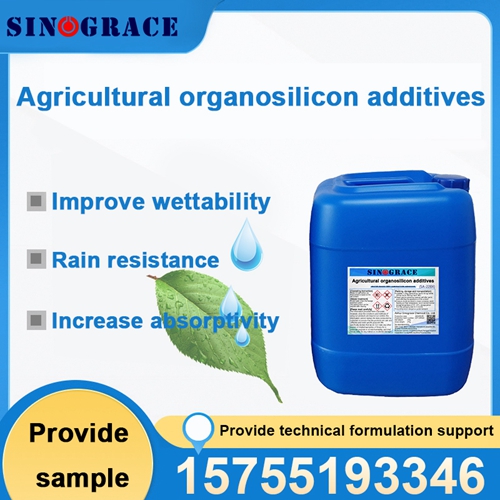Surfactants are now used not only in herbicides but in all forms of pesticides.
Surfactants can be used to make pesticide preparations that can not be used directly. As a pesticide additive applied to pesticides, it can not only improve the use effect of pesticides, but also reduce the amount of pesticides, reduce the impact of pesticides on the environment, and bring great benefits to agricultural production.
However, since pesticides are a class of special chemicals with strong biological activity, and their control objects, protection objects and environmental conditions are very complex, the surfactant in pesticides must be selected and formulated according to the nature and characteristics of the original drug, but also consider the impact of the surfactant itself on the target organism.
The following highlights the guidelines for the use of three surfactants.

Solubilizer
Using the micelle action of surfactants, the solubility of the insoluble agent in the solvent is significantly increased, which is solubilization. Surfactants with HLB=15-18 can be used as solubilizers, but only when the concentration of solubilizers is higher than the critical micelle concentration. At this time, the insoluble drug is contained or adsorbed in the rubber by the lipophilic group of the solubilizer, the hydrophilic group of the solubilizer is in water, and the non-polar drug is soluble in water.
Dispersant
Dispersants can hinder or prevent the aggregation of solid or liquid particles in the dispersion system, and keep them uniformly dispersed for a long time. The dispersant is adsorbed at the oil-water interface or on the surface of solid particles, forming a charge or steric barrier around the particles, which helps to prevent the re-aggregation of pesticide particles during mixing and storage. Generally used as a dispersant is a polycyclic anionic surfactant, such as alkyl naphthalene sulfonate and naphthalene sulfonate formaldehyde condensation of sodium salt, lignosulfonate, etc. Polymer dispersants (such as sodium polycarboxylate) are particularly important in the preparation of aqueous suspension because of their adsorption properties and their ability to charge dispersed particles and have large spatial barriers.
Suspoemulsion(SE)
The mixed dosage form is popular because it is convenient and ensures that users use the correct amount of various pesticide ingredients, while avoiding the inhomogeneity that usually occurs when mixing in barrels. It uses a solid pesticide of insoluble water and another liquid pesticide of insoluble water to prepare a suspended mixed dispersion solution by relying on surfactant as the medium of water, which can generally be regarded as a combination of SC and EW. The commonly used surfactants mainly include emulsifiers, dispersants and thickeners. The flocculation of particles and oil droplets in SC and EW formulations is not only a problem, but also a wide range of cold and hot storage tests are necessary.

 English
English français
français русский
русский español
español العربية
العربية





